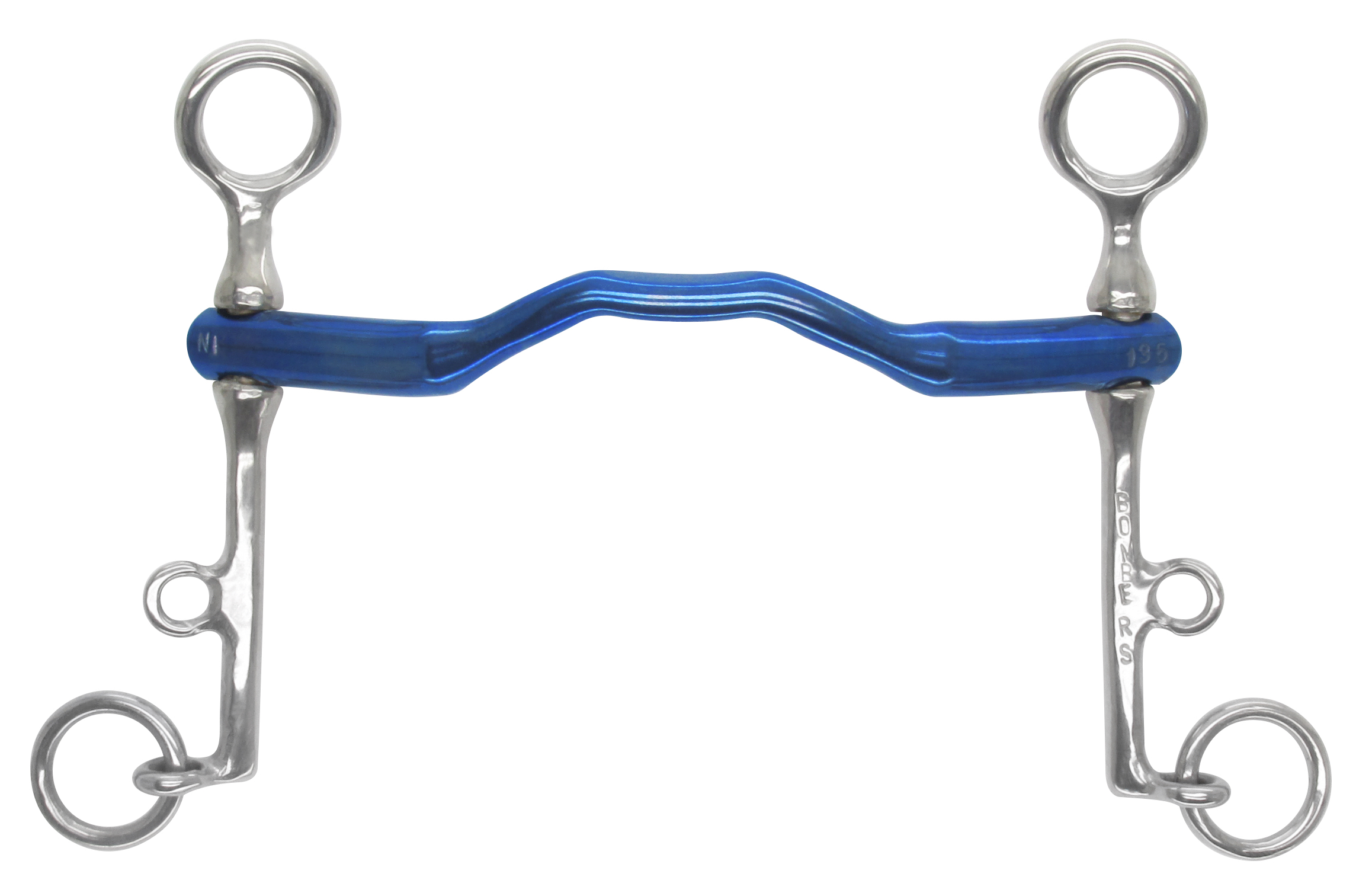Posted: 25th February 2020 | Back to news feed

What are the benefits of using a double bridle, and when should we start? With Claire Lund of Bombers Bits
I recently helped a customer with the following query –
She asked: “I am currently riding my mare in a lozenge snaffle. She’s going well, but is sensitive. I am doing training and competing at novice level, with a view to moving up the competitive ranks, and I wanted some advice on when to start using a double, please?”
The answer I gave to that question is different for each and every horse/rider combination; however this is what the rules say about using a double bridle: ‘At Preliminary and Novice levels, an ordinary snaffle bridle must be worn; at Elementary to Grand Prix level dressage competitions under national rules, a snaffle OR a double bridle may be worn. At Prix St Georges and Grand Prix dressage levels under FEI rules, a double bridle must be worn.’

Therefore, at Elementary, you will have a choice. The double bridle allows the rider a greater finesse in the aids; for some horses, this is a great advantage in their training. Some horses will find the double bridle to be a lot in the mouth however; and for these, it is better to wait, and to frequently go back to the single bridle.
A double needs to be introduced at the right stage in your training
Before the dressage rules allowed any ported bit in the single bridle, I would encourage those riders with ‘tongue sensitive’ horses to move to the double as soon as possible, due to the ability of the Weymouth bit to provide tongue relief. (Ported Weymouths are now allowed.) However it needs to be introduced at the right stage in your training.
Here is some useful advice on assessing whether the horse is ready for a double bridle: Writing for Dressage Today magazine, Ana Gilmor wrote: ‘Before the double bridle is introduced, a horse should be willing and able to carry his weight on the hindlegs with uphill balance, in the snaffle bridle. The best test of this is to execute a simple change of lead (a clear transition from canter to walk and back to canter without any loss of balance or trot steps in between). You should therefore work with your trainer to ascertain if the mare can comfortably and happily carry her weight on the hindlegs with uphill balance, in the snaffle bridle. If you’re working towards Elementary, the double is something you could introduce as her training develops, when she’s ready.
Ported Weymouths BD legal
Ported Weymouths are now allowed in dressage competitions (Bombers’ version is pictured). If your horse is accepting of the snaffle bit that you are currently using, as a bitting advisor, I would most often suggest using the same type of mouthpiece for the bradoon. For the Weymouth, I would look at how your horse currently goes. I’d decide from there what kind of port (which is advisable for the horse’s comfort) would be most comfortable.

You may like to try a titanium double bridle – these bits are lighter in the horse’s mouth. (The image further up the page shows customer Nicola Grange and her horse Ralph wearing a titanium double). It really is that simple, that lighter-weight bits can be more comfortable in the horse’s mouth when two bits are used, providing the desired lightness and harmony, derived through equine comfort.
Contact Distributor Equine Management for Bombers stockists: 01825 840002.
Visit facebook.com/BomberBlueBitsUK/
#bombersbits
#BombersEquestrianEquipment
#BombersBlueBits
The Equestrian Index newsfeed is compiled from articles submitted by advertising members and expresses the opinions of those members. Watsons Directories Ltd shall not be held liable for any inaccuracies or mis-statements therein.
